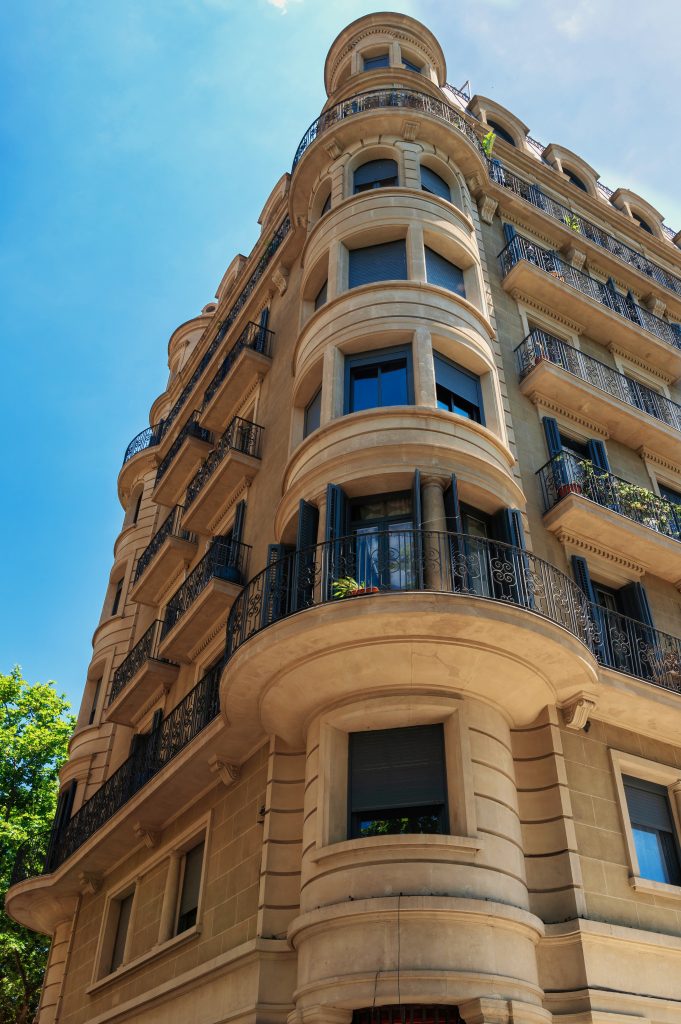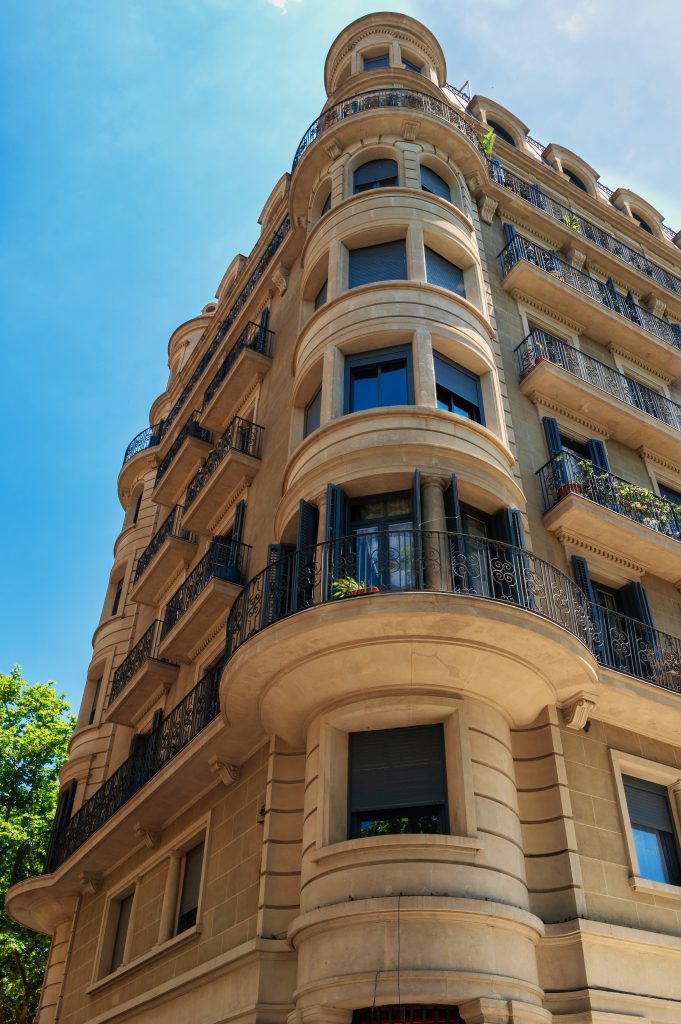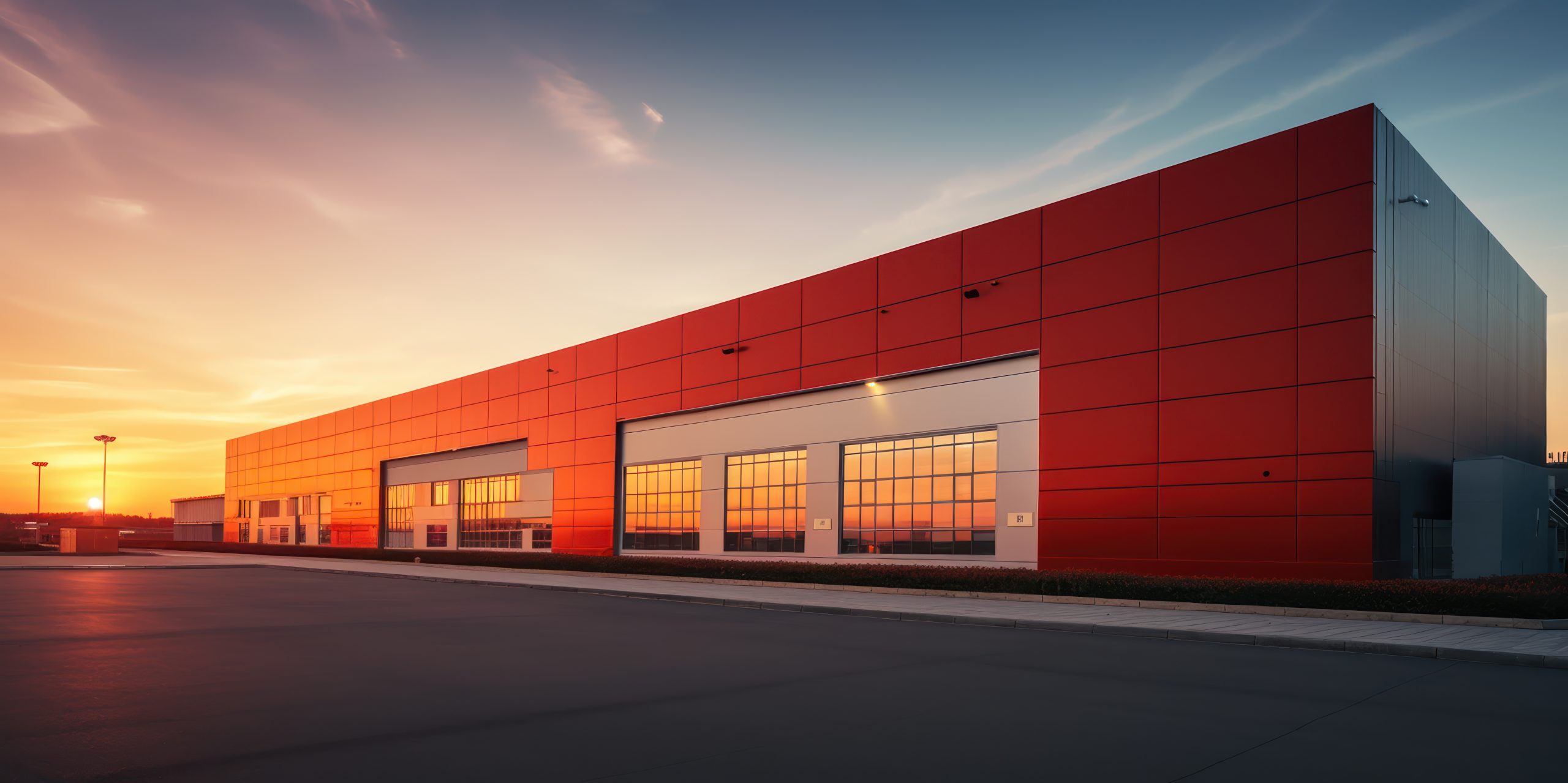Regulatory Compliance in Buildings: Mandatory Inspections and Maintenance of Installations
Regulatory Compliance in Buildings and Their Installations: Mandatory Inspections and Maintenance
The safety, health, and well-being of both buildings and their occupants largely depend on compliance with current legislation regarding the regulation and maintenance of building installations. It is essential to ensure that all installations in a building, including electrical, gas, elevators, heating, fire protection, and others, meet the requirements established by applicable regulations. This responsibility not only involves ensuring the safety of the installations but also conducting initial and periodic inspections to verify their good condition and ongoing regulatory compliance. Proper maintenance and regular inspections not only help prevent possible incidents but also avoid penalties for non-compliance, while ensuring proper functioning and energy efficiency of the installations.
Below, in this article, we explain the different mandatory inspection regimes for buildings according to the type of installation, in accordance with current regulations, and the key role played by Property Administrators in this process.
Why is the legal maintenance of a building’s installations important?
- Improves energy efficiency of the installations.
- Extends the lifespan of technical systems.
- Ensures the safety of residents and users.
- Increases the building’s value both functionally and patrimonially.

1. Inspection Regime for Electrical Installations
In general, inspections must be carried out every 10 years in all buildings with more than 20 dwellings, and in parking garages, whether they have forced or natural ventilation. However, this period is reduced to 5 years in cases of public gathering spaces, outdoor lighting, or pools, among others.
2. Inspection Regime for Elevators
The general rule differentiates whether the property has more or less than 20 dwellings; in the first case, it is every 4 years, and in the second, every 6 years. However, specific cases must be considered for installations prior to RD 355/2024, with special attention to transitional rules and adaptations.
3. Inspection Regime for Thermal Installations
Thermal installations must be inspected every 4 years; thermal solar installations may require semiannual or annual inspections depending on their power.
4. Inspection Regime for Fire Protection Systems
A decennial inspection is required for these systems.
5. Inspection Regime for Diesel Tanks
In general, every 10 years, although regulations may require it every 5 years in specific cases.
6. Inspection Regime for Gas Installations
- Domestic boiler: every 2 years for the appliance and every 5 years for the installation.
- Community installation: every 5 years.
Technical Building Inspection (ITE) in Catalonia
It must be carried out every 10 years in multi-family housing buildings over 45 years old.
The Role of Property Administrators
Property Administrators play a key role in this process. Our work is essential for the proper condition and safety of the building and its installations.
The legal maintenance of a building’s installations is not an option but an obligation that protects people, assets, and safety. Trusting qualified professionals, such as Property Administrators, is key to ensuring regulatory compliance and peace of mind for residents.


